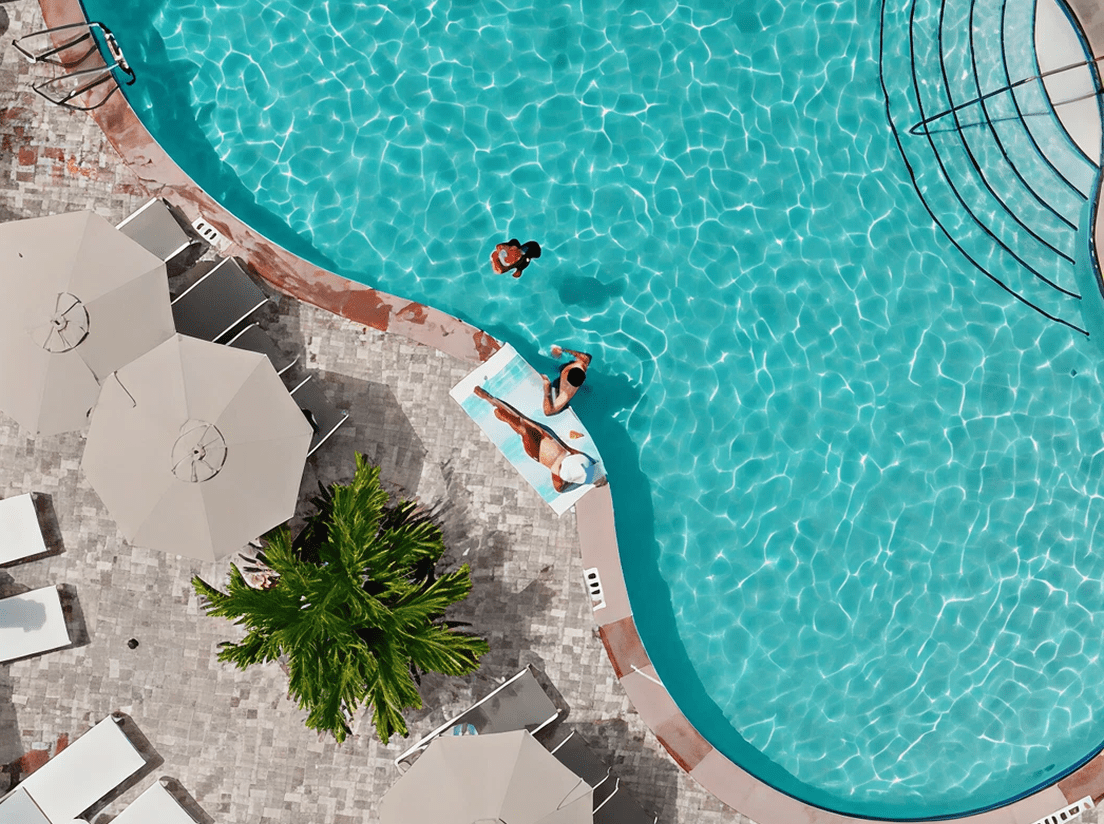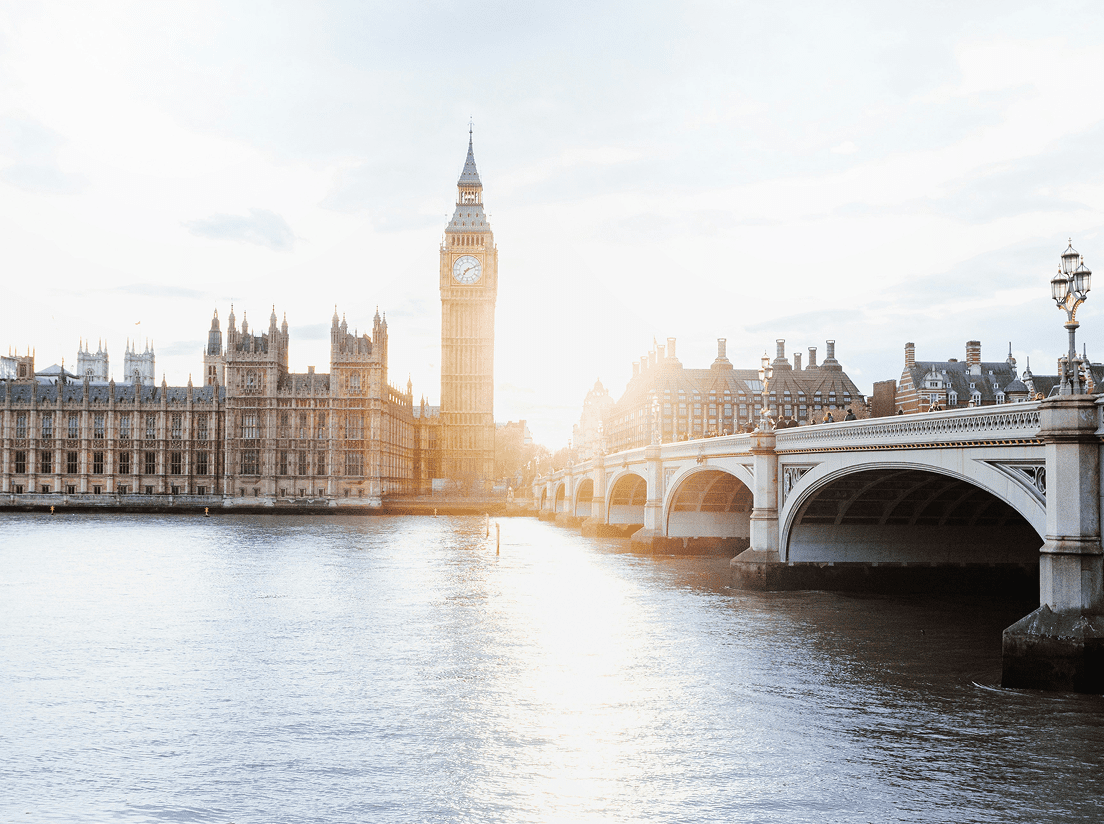
There’s been a steady increase over the past 8-10 years in Google Trends for terms like: “best place for solo female travel”, “solo female travel blog”, and “solo female travel”. When comparing “solo female travel” to “solo travel”, one may see a pretty steady increase in popularity starting around 2013 (as the graph indicates below).According to Trekksoft 2018 Travel TrendsReport, “the average monthly search volume for “solo female travel” grew by 52% between 2016-2017, averaging 2,900 searches between October 2016- September 2017”. Such growth suggests a pretty significant shift in the travel industry and it worth noting as digital marketers in the travel industry dive into strategic planning.As search volume and other research suggest a shift in this audience so does income and personal consumption. In 2013, Catalyst reported that women controlled 64% of household spending and $29 trillion of consumer spending worldwide. Based on the research, women seem more likely to make family and personal travel purchases. Some surveys also indicate that social media helps fuel the solo travel phenomenon. In 2014, a Bookings.com article reported 72% of American women are considering solo travel and suggested the interest is sparked from social media. While this article is slightly outdated, it’s significant research to acknowledge as it’s likely stayed consistent (as our search volume indicates). Today, looking at the Facebook group, “Solo Travel Society”, we can see it consists of roughly 227,000 follower. According to a PR Newswire article, more than half of the followers are female. This suggests a large social media presence and opportunity for marketers to target the ‘solo female travellers’ via social platforms. Social platforms have generally expanded the access to information and reviews regarding the vast destinations and opportunity to travel the world. “Out of the 500 American women surveyed, all use social channels across their experiences, from navigating regional attractions and hidden gems to keeping ties with family and friends. However, more than half attribue social channels to instilling a level of safety and boosting confidence” (Source: Bookings.com). Interestingly, women like to leverage social media as a outlet to share their experience with other female travellers and propose various perspectives on how to safely travel. The 2018 TrekkSoft Travel Trends Report shares first hand accounts of solo female travel and each woman emphasizes “the importance of booking the first night’s accommodation and arranging transport from the airport to their accommodation before arriving at their destination”. Generally speaking, women tend to book their night’s stay in advance which sheds light on the booking window opportunity. REI Adventures even developed their own guiding program and campaign centered around women and young girls because of the drastic YoY growth. Since 2010, women traveling with their program has grown by 60%. Ultimately, this research suggests a consistent growth in ‘solo female travel’ and the travel industry can take advantage of this growth by honing in on targeted audiences, specifically via social media. This trend could be particularly useful for hotels & resorts in large cities worldwide. Larger resorts may face challenges targeting the ‘solo female traveller’ because they are likely searching for experiences outside of the resort, but hotels within large cities worldwide can reach an important growing market of global travellers. For example, a hotel in Puerto Rico might launch a social media campaign specifically targeting the ‘‘solo female traveller’ pulling in women from areas where we see this large spike (U.S. &Southeast Asia, among other regions). By including first hand experiences, reviews on the hotel, and the surrounding cultural experiences in posts, we could help drive engagement and overall brand awareness. Developing ‘storytelling’ type blog posts and engaging with female travel influencers surrounding these experiences (near the hotel) could help bring the social media campaign together. The opportunity to target these travellers is vast, and the ‘solo female traveller’ is an opportunity that should not be ignored as we move into the summer and fall 2018 season.






